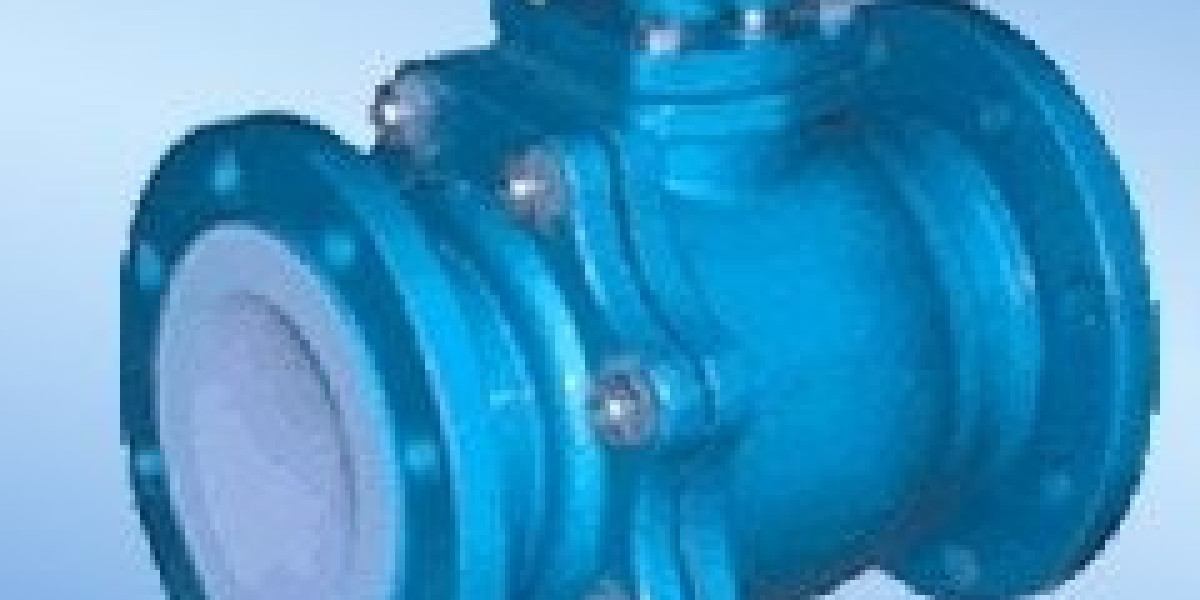In modern manufacturing spaces where precision shapes every critical motion inside fluid systems, the role of a Ball Valve Factory such as ncevalve becomes increasingly intricate as production teams pursue consistency across material treatment, surface control, and dimensional management while integrating practices that extend component resilience under demanding thermal and mechanical conditions found in a wide range of industrial fields. As global industries evolve toward environments that require stable flow behavior, corrosion resistance, and predictable sealing responses, the expectations placed on facilities responsible for fabricating these components rise steadily, and this creates a climate where engineering detail, production discipline, and inspection logic work together to maintain reliability while accommodating diverse application needs. When examining the strength of such facilities, it becomes clear that a deeply connected chain of design evaluation, machining accuracy, and performance testing drives the value of each completed component, allowing the overall environment to support increasingly complex operational tasks without compromising long term function.
The operational depth inside these manufacturing spaces extends beyond machining sequences and touches every technical checkpoint where teams observe microstructural behavior, thermal distortion, and geometric balance to ensure that each assembled element performs according to expectations established during the early modeling and simulation phase. This progression requires a combination of traceable workflow structure and controlled handling of raw materials selected for stability under pressure and temperature fluctuations, forming an ecosystem where engineering insight and disciplined fabrication combine to achieve consistent behavior across entire production cycles. As industries request configurations suited to pipelines, processing platforms, cryogenic environments, and multi directional flow arrangements, factories must refine their internal logic to allow smooth transitions between product categories while retaining a unified standard of dimensional precision and surface durability.
A key aspect of these manufacturing ecosystems lies in their ability to align evaluation techniques with operational conditions expected in real installations where dynamic pressure pulses, chemical exposure, or thermal gradients may influence component response, and such alignment depends on the factory's capacity to continuously refine inspection methodology to anticipate performance shifts. Maintaining this approach requires a discipline of constant technical review in which calibration, stress evaluation, and surface observation become part of a repeating cycle designed to protect the structural integrity and operational quality of each finished assembly. When facilities adopt such long range thinking, they create internal confidence and external trust by presenting a stable output capable of contributing to secure and predictable pipeline behavior across industrial segments.
As engineering trends progress toward integrated monitoring and smarter supervision inside piping networks, manufacturing centers need to build a groundwork that supports future adaptation, and this involves strengthening design versatility while maintaining the careful processes that define consistent component stability. Through this progression, the value of these facilities lies not in aggressive claims but in the quiet coordination between technical judgment, precise machining, and the disciplined sequences that keep every element aligned with predictable functional behavior. By sustaining this logic, each completed component carries the stability required to serve installations where risk tolerance is low and operational continuity must remain uninterrupted.
In conclusion, the operational character of a Ball Valve Factory such as ncevalve depends on an interconnected system of design comprehension, measured fabrication, and disciplined verification that shapes components intended for environments demanding long term performance, and those seeking structured product information may explore the solutions presented at https://www.ncevalve.com/














